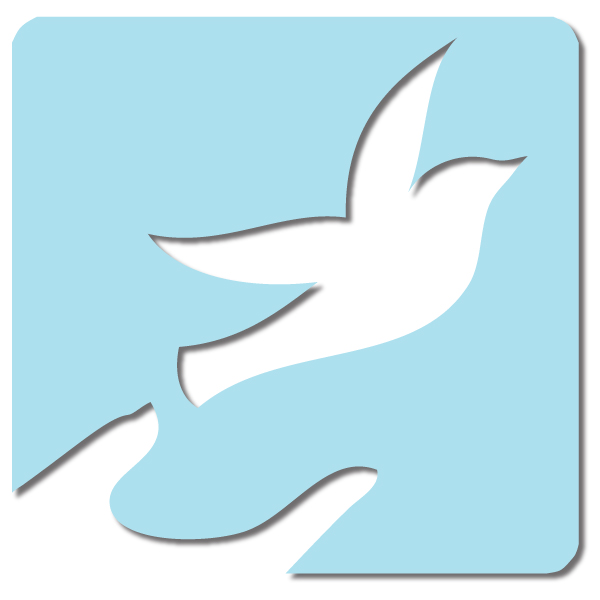IWRC founding board member and former Journal of Wildlife Rehabilitation editor Gary Bogue died at his Bay area home this September at age 81. In December of 1974, Gary, curator at the Alexander Lindsay Junior Museum, was one of eight individuals to sign the articles of incorporation for IWRC, at the time called Wildlife Rehabilitation...
This website uses cookies so that we can provide you with the best user experience possible. Cookie information is stored in your browser and performs functions such as recognising you when you return to our website and helping our team to understand which sections of the website you find most interesting and useful.


